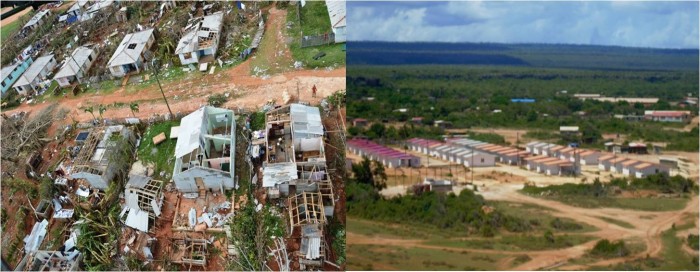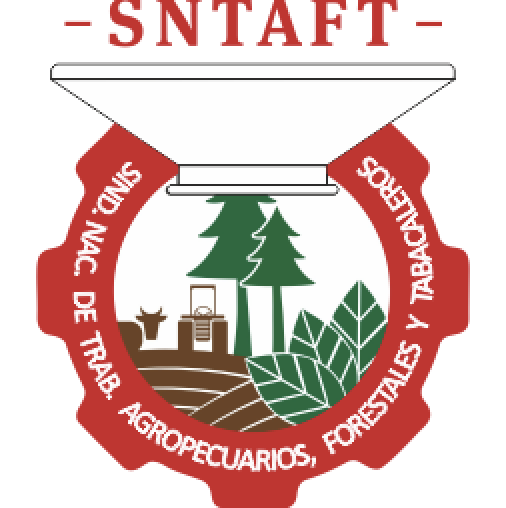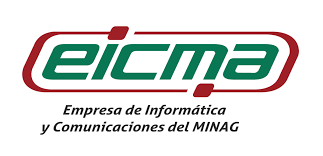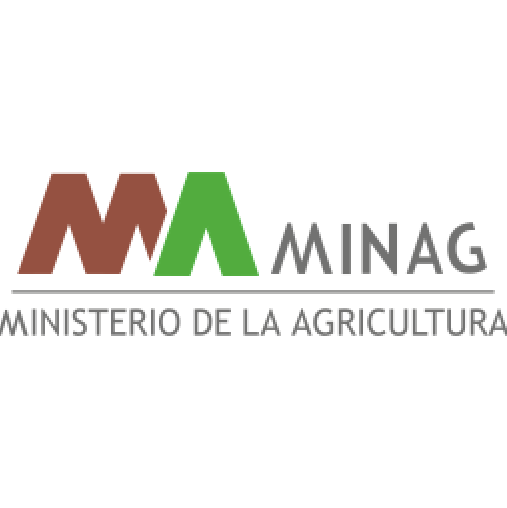GAF
Matthew, five years from trauma to recovery
But the improvements begin to be seen
From six in the afternoon of October 4, 2016, until two in the morning of the following day, with category 4 on the Saffir-Simpson scale, the powerful hurricane Matthew touches Cuban lands, its center penetrates through Punta Caleta, in the municipality of Maisí, with maximum sustained winds between 220 and 230 km / h, and higher gusts that reached 245 km / h. Its exit to the sea takes place through the Bay of Mata, in Baracoa. The greatest impacts are concentrated in the municipalities of San Maisí, Baracoa, San Antonio del Sur and Imías. The panorama left by Matthew was devastating, suffice it to point out that more than 72 percent of the housing fund of these municipalities was affected, a figure that exceeded 42 thousand 338 homes, among those of total or partial collapse and total or partial damage to the roofs, 2,186 state facilities, including schools, family doctor's offices, bakeries, warehouses, among others. More than 2,706 kilometers of highways and roads and 37 bridges were also damaged, and some 78,647 customers were without power. In the agricultural sector, 70,574 hectares of different permanent and temporary plantations, such as Cacao, Coco and Coffee, and the wooded areas of the mountainous massif were destroyed. In communications, the optical fiber was broken on the Vía Mulata; the South Coast and on the bridge over the Toa River. Radio and television broadcasts collapsed with the fall of several towers in Baracoa. Of the 83 aqueducts existing in those municipalities, 63 were affected, leaving 79,388 people without water supply. Great were the losses and damages of goods and household consumption, mainly of electrical appliances, furniture, mattresses, kitchen utensils and others. But despite so many affectations, the people of Guantanamo always maintained their spirit and confidence that they would succeed, especially after learning that Matthew, thanks to popular education and the measures adopted by the Civil Defense, did not cause the loss of no human life. The presence in Baracoa and Maisí of Army General Raúl Castro Ruz, practically hours after the hurricane, and successively the entire leadership of the Revolution, motivated and stimulated the residents, who expressed their confidence that no one would be left helpless, and thus was and is. As in all the meteorological phenomena that occurred during the Revolution, the popular unity and the support of the members of the FAR, the MININT, from all the country's provinces, was again decisive, with the use of specialized technique to provide vitality to the main access roads; the transfer of construction materials and food products, the rehabilitation of basic services to the population, the supply of water, food processing, electricity, communications, medical assistance, the restoration of the school year, attention to victims, the maintenance of internal order and the protection of economic, political and social objectives. Thousands of journalistic materials collect the titanic work of Recovery, of the men and women who arrived from all over Cuba, of non-governmental organizations present on the Island, and of sister countries to offer their hand in solidarity. Five years later, all the houses that suffered partial collapses or partially or totally lost their roofs were recovered, and to date more than 80 percent of the total collapses, which are the most complex cases. Maisí and Baracoa were born areas where petrocasas houses and others with Forsa, Gran Panel and Sandino technologies are built. The homes of Maisí communities were reborn, rehabilitated by the Barrio Nuevo BarrioTricolor project. Most of the highways and roads are passable, and others arose, the majestic bridge over the Toa river and the La Boruga section between Baracoa and Maisí were completed, which improves the transportation of passengers and cargo. New mills process aggregates and various mini-industries operate for the production of construction materials and others for the production of household goods and the provision of services to the population. Of the 70 thousand 574.9 hectares of damaged forest, coconut, coffee, cocoa and fruit plantations, more than 85 percent have been recovered. In the transport sector, in addition to recovering the facilities, technical availability increased. The Tourism facilities were revived in a short time, also building the Villa Punta de Maisí and the Faro Maisí hotel. And although the Covid 19 pandemic stopped the school year and several activities to provide services to the population, all the damaged schools, clinics and other state facilities are working. Many could be the examples, and much also remains to be done, so that, five years after Matthew's passage, the collective memory.




